STEMdiff™ Hepatocyte Kit
Serum-free differentiation kit for the generation of hepatocyte-like cells from human PSCs

Request Pricing
Thank you for your interest in this product. Please provide us with your contact information and your local representative will contact you with a customized quote. Where appropriate, they can also assist you with a(n):
Estimated delivery time for your area
Product sample or exclusive offer
In-lab demonstration
-
 Gentle Cell Dissociation Reagent
Gentle Cell Dissociation ReagentcGMP, enzyme-free cell dissociation reagent
-
 Y-27632 (Dihydrochloride)
Y-27632 (Dihydrochloride)RHO/ROCK pathway inhibitor; Inhibits ROCK1 and ROCK2
-
 CellAdhere™ Laminin-521
CellAdhere™ Laminin-521Matrix for maintenance of human ES and iPS cells in combination with TeSR™ maintenance media
-
 mTeSR™1
mTeSR™1cGMP, feeder-free maintenance medium for human ES and iPS cells
-
Labeling Antibodies
Compatible antibodies for purity assessment of isolated cells
Overview
Learn more about the supplementary protocols.
Data Figures

Figure 1. Generation of Hepatocyte-Like Cells Within 21 Days Using the STEMdiff™ Hepatocyte Kit
hPSCs are seeded as single cells onto tissue culture-treated plates coated with Laminin-521 in *mTeSR™1, mTeSR™ Plus, or TeSR™-AOF supplemented with 10 µM ROCK inhibitor on day 0. On day 1, differentiation is initiated by replacing the medium with STEMdiff™ Definitive Endoderm (DE) Medium (Stage 1), then daily medium changes are performed. On day 5, cells are either harvested for downstream analyses or cultured for an additional 5 days, with full-medium changes using STEMdiff™ Hepatic Progenitor Medium on days 5, 6, 7, and 9. On day 10, hepatic progenitor cells (HPs) are either harvested for downstream analyses or cultured for an additional 11 days, with full-medium changes using STEMdiff™ Hepatocyte Medium every 2 days. On day 21, hepatocyte-like cells (HLCs) are harvested and used in downstream analyses and assays. hPSCs = Human pluripotent stem cells.

Figure 2. Cells Undergo Stage-Specific Changes in Expression of Hepatic Markers As Confirmed by Gene Expression Analysis
hPSCs, DE cells, HPs, and HLCs were collected on days 0, 5, 10, and 21, respectively, according to the STEMdiff™ Hepatocyte Kit protocol, and examined for gene expression through qPCR analysis. (A,B) Compared to hPSCs, expression of stem cell marker POU5F1 was down-regulated and expression of DE marker FOXA2 was up-regulated across all three stages of differentiation, demonstrating a successful endodermal lineage specification. (C-F) Up-regulation of hepatic lineage-specific markers AFP, CK19, ALB, and CYP3A4 demonstrates a successful differentiation of hPSCs to HPs and HLCs. Expression levels are normalized to housekeeping genes (ΔCT) and hPSCs for relative expression levels (**** represents an adjusted p-value <0.0001). hES = Human embryonic stem cells; hiPS = Human induced pluripotent stem cells; PHH = Primary human hepatocyte; hPSCs = Human pluripotent stem cells; DE = Definitive endoderm; HPs = Hepatic progenitors; HLCs = Hepatocyte-like cells; AFP = Alpha fetoprotein; CK19 = Cytokeratin 19; ALB = Albumin.
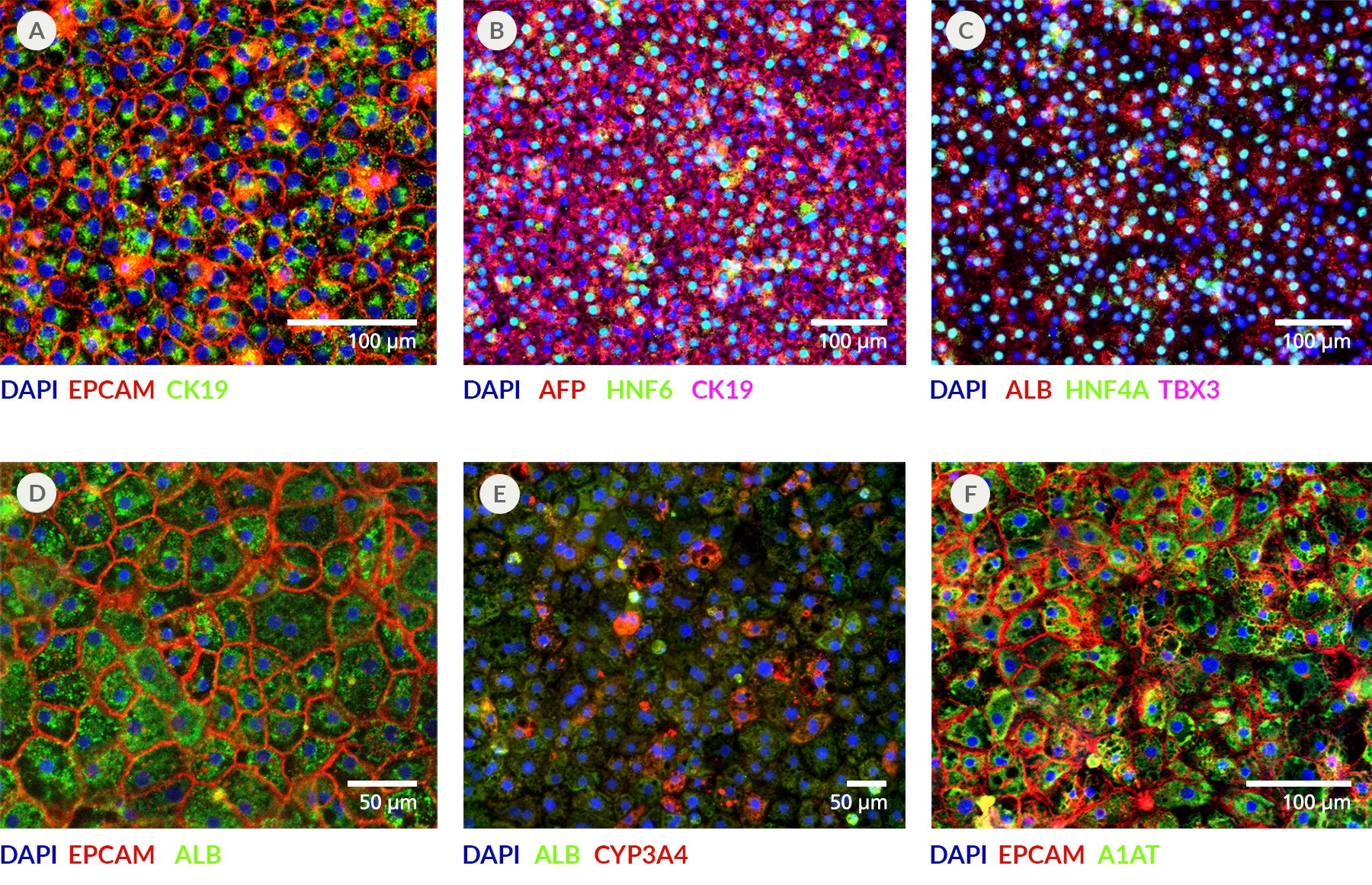
Figure 3. hPSC-derived Hepatic Progenitor Cells and Hepatocyte-Like Cells Express Hepatic Markers As Confirmed by Immunocytochemistry Analysis
Cells cultured to day 10 (HPs) and day 21 (HLCs) were fixed with 4% paraformaldehyde and permeabilized before being stained with primary and secondary antibodies. (A-C) HPs expressed the epithelial marker EPCAM, ductal marker CK19, fetal serum protein AFP, the hepatic transcription factors HNF6 and HNF4a, and the stage-specific transcription factor TBX3. (C) By day 10, some of the HPs also began to express the mature serum protein albumin. (D-F) Most HLCs expressed the mature hepatic markers ALB, CYP3A4, and A1AT by day 21. HPs = Hepatic progenitors; HLCs = Hepatocyte-like cells; CK19 = Cytokeratin 19; AFP = Alpha fetoprotein; ALB = Albumin.
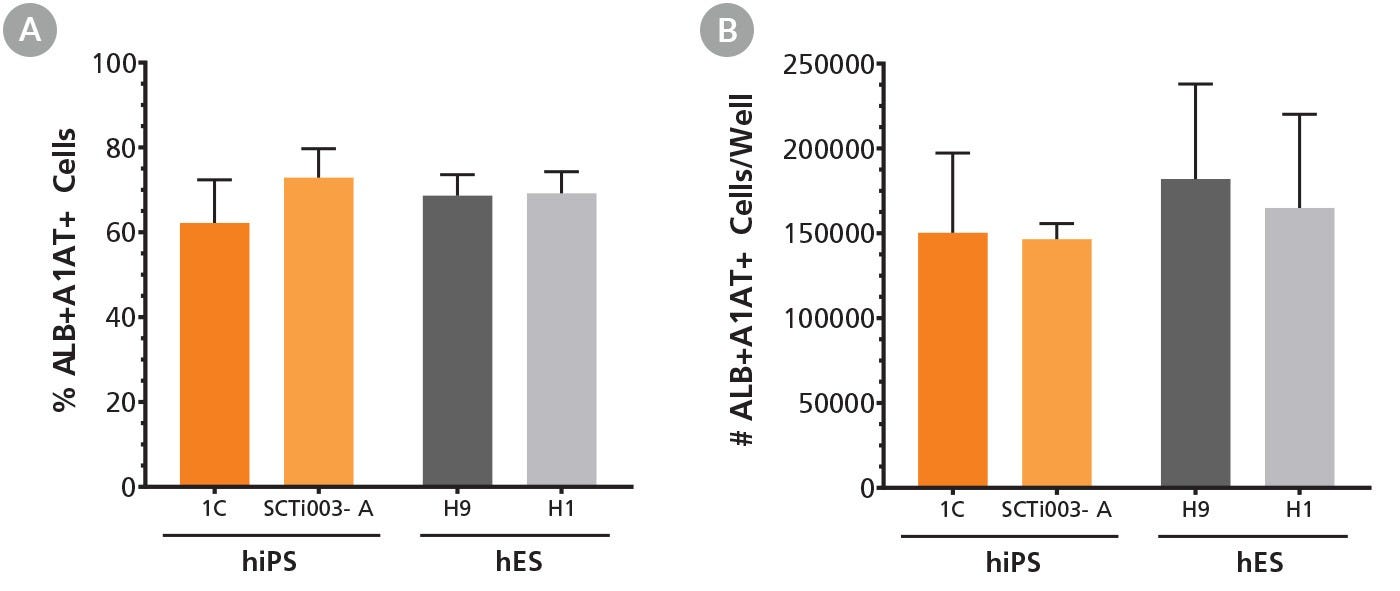
Figure 4. STEMdiff™ Hepatocyte Kit Supports Efficient Differentiation of hES and hiPS Cells to Hepatocyte-Like Cells
hES (H9 and H1) cells and hiPS (WLS-1C and SCTi003- A) cells were cultured for 21 days using the STEMdiff™ Hepatocyte Kit. At the end of the culture period, cells were harvested and analyzed by flow cytometry for expression of hepatocyte markers ALB and A1AT. (A) Percentages and (B) total numbers of cells expressing ALB and A1AT following differentiation of hES or hiPS cells are shown. > 60% of HLCs are ALB+/A1AT+ at day 21 of the differentiation process. hES = Human embryonic stem cells; hiPS = Human induced pluripotent stem cells; ALB = Albumin; HLCs = Hepatocyte-like cells.

Figure 5. hPSC-Derived HLCs Exhibit Key Liver Functionalities
Upon maturation of HPs to HLCs, the cells acquired the ability to (A) synthesize and secrete serum protein albumin (n=11), as detected by ELISA (Abcam Catalog #ab108788), (B) and exhibited CYP3A4 enzymatic activity (n=15), as assessed using the P450-Glo™ CYP3A4 Assay (Promega Catalog #V9002). (C) Day 21 HLCs were also capable of producing bile acids (n=2) (D) and synthesizing and secreting urea (n=2) at levels comparable to primary human hepatocytes (PHH; n=3), as detected by colorimetric assays (Abcam Catalog #ab239702, ab83362, respectively). Error bars = SD. Ordinary one-way ANOVA used for statistical testing (*** represents an adjusted p-value of 0.0007, ** represents an adjusted p-value of 0.0011, * represents an adjusted p-value of 0.0179, ns = not significant). HPs = Hepatic progenitors; HLCs = Hepatocyte-like cells; PHH = Primary human hepatocyte.

Figure 6. HLCs are More Sensitive Models of Drug-Induced Toxicity than Immortalized Cell Line HepG2
HLCs and HepG2 cells cultured in 96-well plates were treated with (A) ketoconazole, (B) rifampicin, a 0.1% DMSO vehicle control (DMSO Ctrl), or 1 μM staurosporine (Sts Ctrl) for 72 hours. Full-medium changes with fresh compound volumes were performed for the HLCs on day 18 and day 20, and analyses were performed on day 21, 24 hours after the final compound addition. Cell viability for both treated and untreated (No treatment) HLCs and HepG2 cells was assessed using the CellTiter-Glo® 3D Cell Viability Assay (Promega Catalog #G9681). HLCs exhibited ketoconazole-induced hepatotoxicity (IC50 for 1C-derived HLCs = 20.57 μM, IC50 for H9-derived HLCs = 23.79 μM) at a lower dose than HepG2 cells (IC50 = 37.74 μM). Similarly, HLCs were able to capture rifampicin-induced hepatotoxicity (IC50 for 1C-derived HLCs = 120.4 μM, IC50 for H1-derived HLCs = 197.4 μM) at a lower dose than HepG2 cells (IC50 = 332.3 μM). Error bars = SD. HLCs = Hepatocyte-like cells.
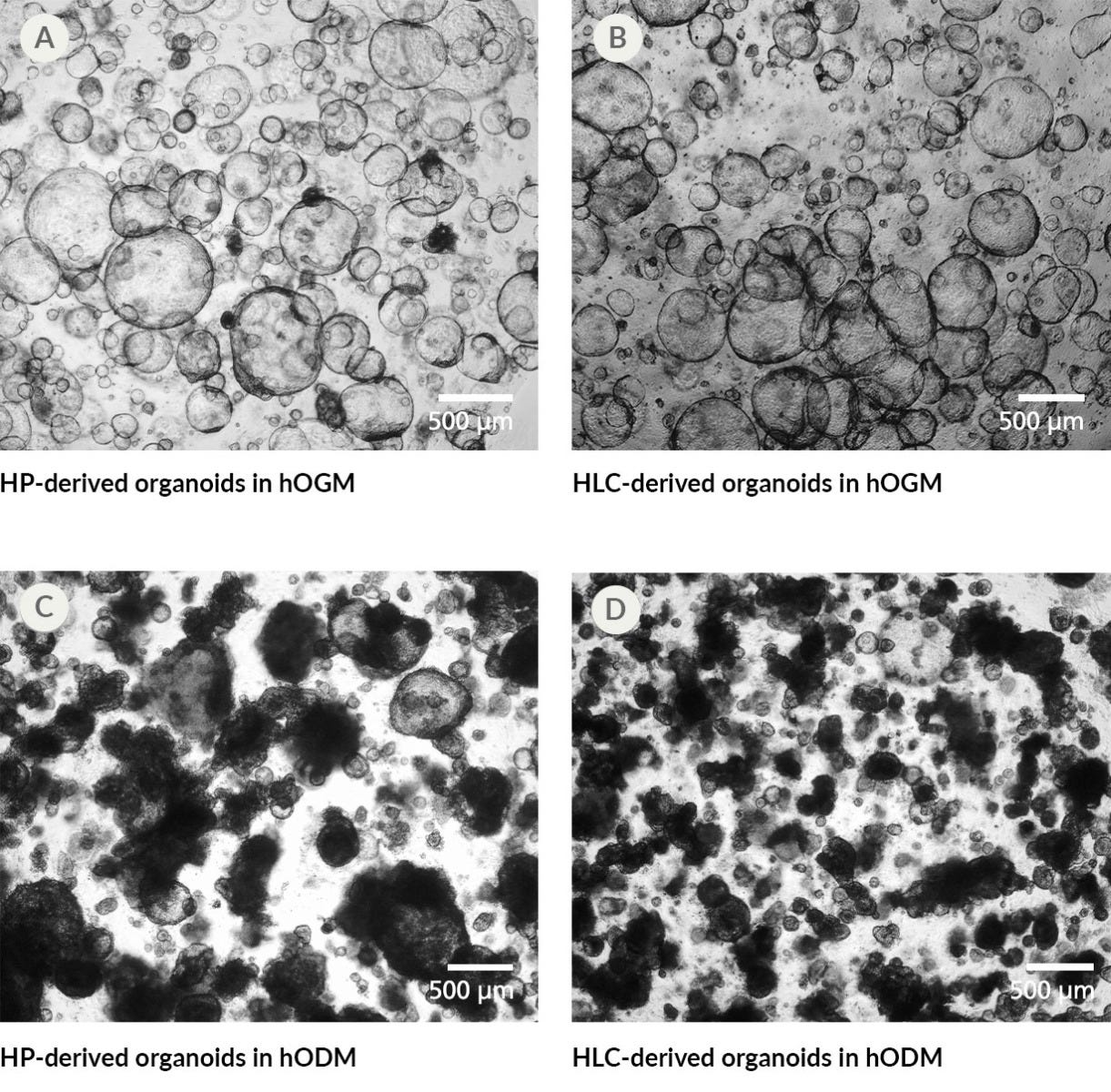
Figure 7. HP- and HLC-derived Liver Organoids Can Be Reliably Generated Using HepatiCult™ Organoid Kit
hPSC-derived liver organoids can be established from cells generated using the STEMdiff™ Hepatocyte Kit. HPs and HLCs were collected on days 10 and 21 of differentiation, respectively, seeded into Corning® Matrigel® domes, and grown using the HepatiCult™ Organoid Kit. Shown are representative images of HP- and HLC-derived organoids at passage 2, which were (A,B) established and expanded using HepatiCult™ Organoid Growth Medium (Human; hOGM) and then (C,D) further differentiated using HepatiCult™ Organoid Differentiation Medium (Human; hODM). hPSC = human pluripotent stem cells; HPs = Hepatic progenitors; HLCs = Hepatocyte-like cells.

Figure 8. HP- and HLC-derived Hepatic Organoids Exhibit Gene Expression Consistent with Hepatic Maturation When Differentiated Using hODM
hPSC-derived liver organoids were established, expanded for up to 10 passages, differentiated, and harvested for gene expression analysis through qPCR at each passage. Compared to two-dimensional cultures of HPs and HLCs collected on day 10 and day 21 of differentiation, respectively, three-dimensional organoid cultures established from these stages and further matured in hODM exhibited up-regulated expression of mature hepatic markers ALB, ASGR1, and CYP3A4 at levels comparable to PHH. Expression levels are normalized to housekeeping genes (**** represents an adjusted p-value <0.0001, ** represents an adjusted p-value of 0.0035, * represents an adjusted p-value of 0.0397). hPSC = human pluripotent stem cells; HPs = Hepatic progenitors; HLCs = Hepatocyte-like cells; ALB = Albumin; PHH = Primary human hepatocyte..

Figure 9. RNA Sequencing Analysis Confirms a More Mature Functional State of HLC-Derived Organoids upon Differentiation in HepatiCult™ Organoid Kit
Relative to HLCs, HLC-derived organoids that have been further differentiated in hODM express increased levels of markers associated with mature hepatocyte identity and functionality, including serum protein synthesis (ALB), phase 1 and 2 drug metabolism (CYP2B6, CYP2C9, CYP3A4, UGT1A1, GSTA1), glucose metabolism (SLC2A2, GYS1, G6PC), lipid and cholesterol metabolism (FASN, PLIN2, NR1H3), bile acid synthesis (CYP27A1, BAAT), and urea synthesis (OTC, ARG1). Differentiated HLC-derived organoids also show reduced levels of the hepatic progenitor and fetal hepatocyte marker, AFP. HLC-derived organoids expanded in hOGM show gene expression that aligns with a proliferative state (PCNA, MKI67, POU5F1). Columns represent 2 biological replicates analyzed by bulk RNA-seq in the first passage after organoids are established from HLCs, on day 9 in hOGM and day 19 in hODM. The housekeeping gene, TBP, is included as a reference.
Protocols and Documentation
Find supporting information and directions for use in the Product Information Sheet or explore additional protocols below.
Applications
This product is designed for use in the following research area(s) as part of the highlighted workflow stage(s). Explore these workflows to learn more about the other products we offer to support each research area.
Resources and Publications
Educational Materials (12)
Related Products
-
 CryoStor® CS10
CryoStor® CS10Animal component-free, defined cryopreservation medium with 10% DMSO
-
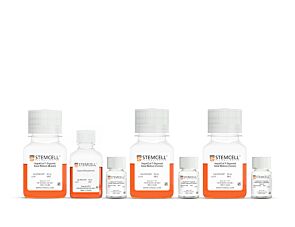 HepatiCult™ Organoid Kit (Human)
HepatiCult™ Organoid Kit (Human)Culture medium kit for initiation, growth, and differentiation of human liver organoids
-
 iPSCdirect™
iPSCdirect™Single-use, maintenance-free human induced pluripotent stem cells, frozen
-
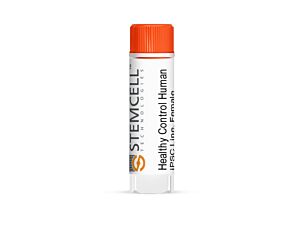 Healthy Control Human iPSC Line, Female, SCTi...
Healthy Control Human iPSC Line, Female, SCTi...Human pluripotent stem cell line, frozen
Item added to your cart

STEMdiff™ Hepatocyte Kit
PRODUCTS ARE FOR RESEARCH USE ONLY AND NOT INTENDED FOR HUMAN OR ANIMAL DIAGNOSTIC OR THERAPEUTIC USES UNLESS OTHERWISE STATED. FOR ADDITIONAL INFORMATION ON QUALITY AT STEMCELL, REFER TO WWW.STEMCELL.COM/COMPLIANCE.












